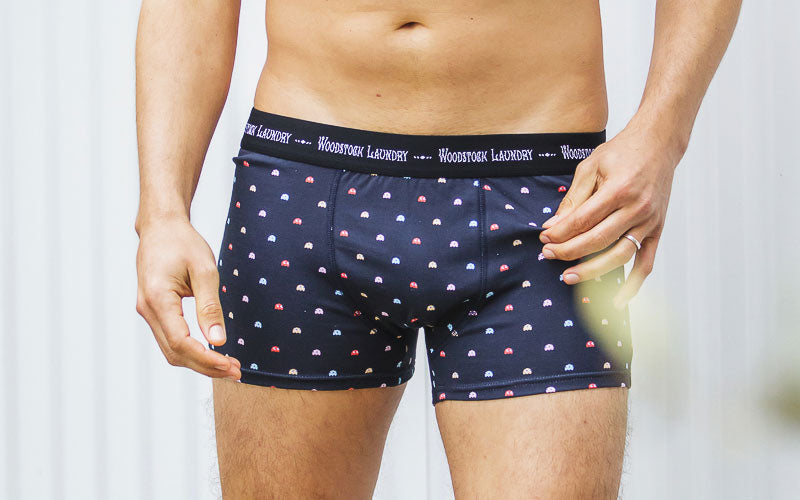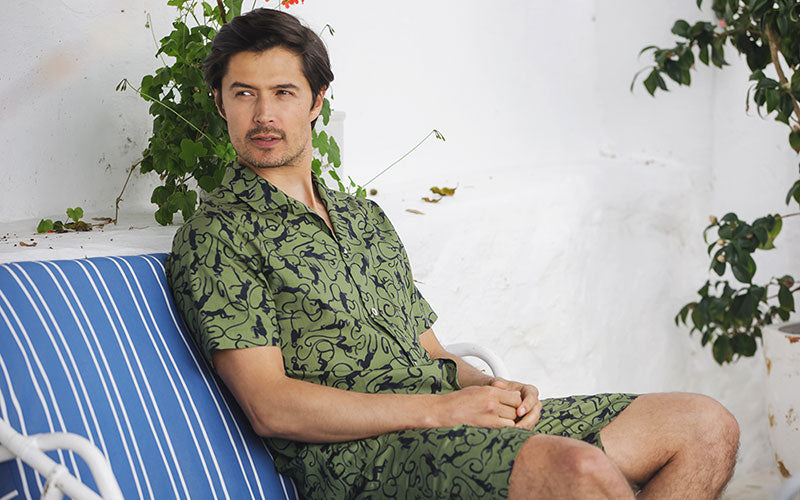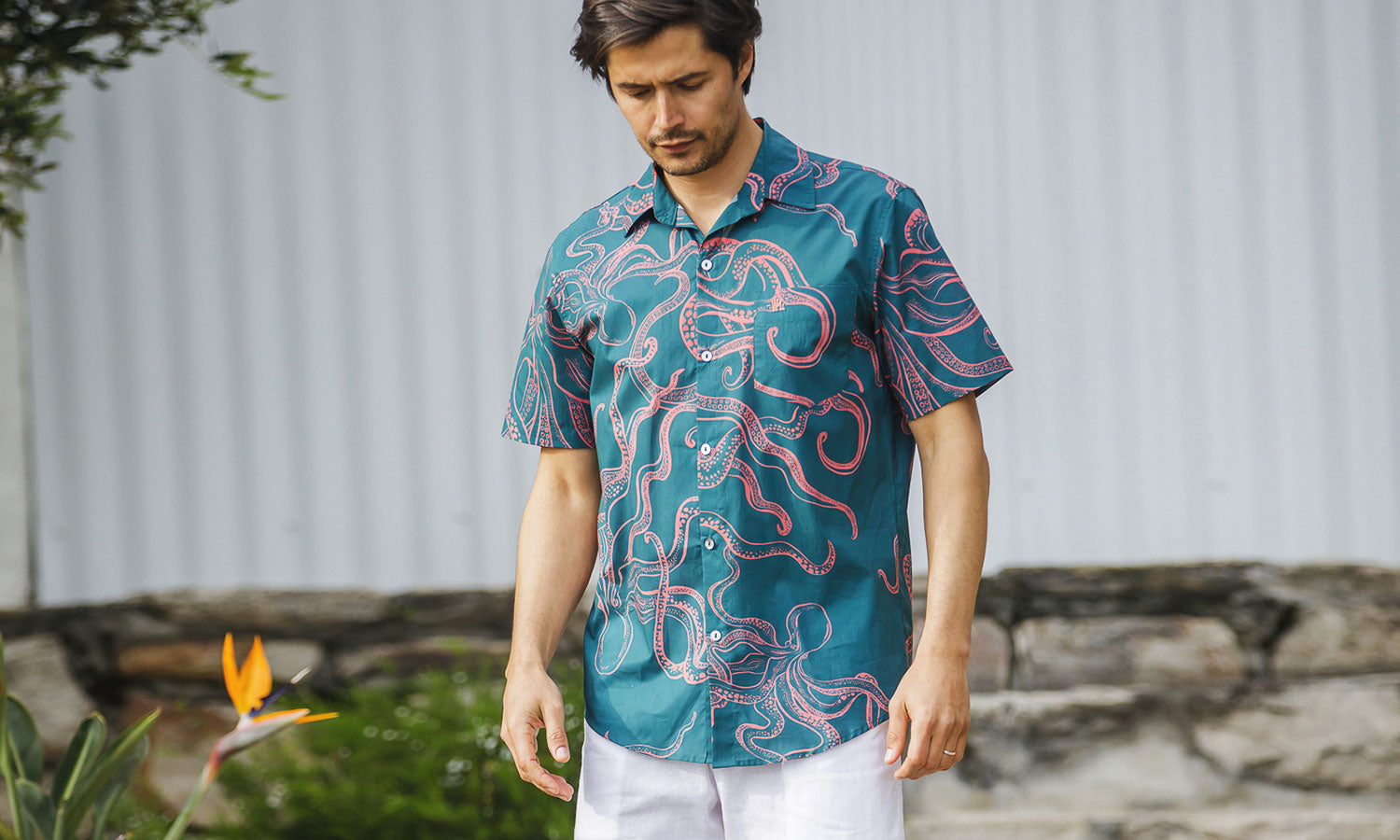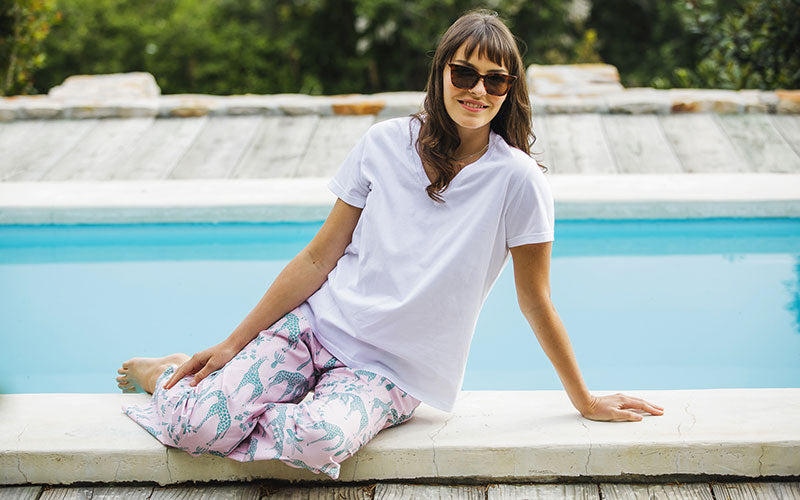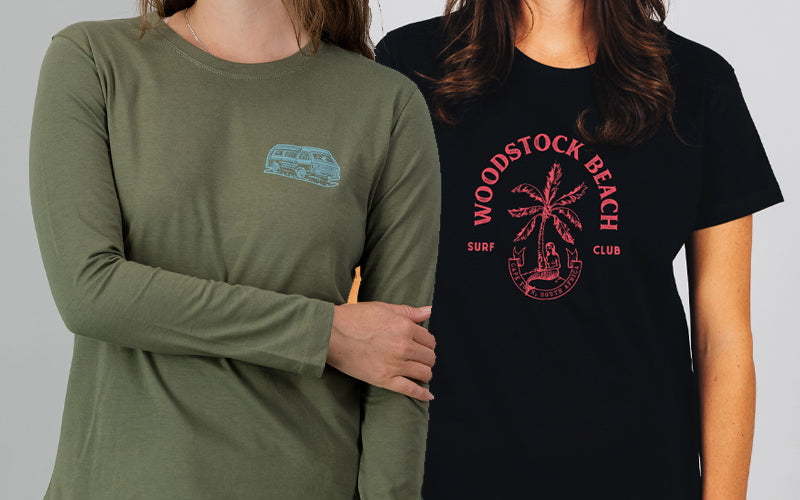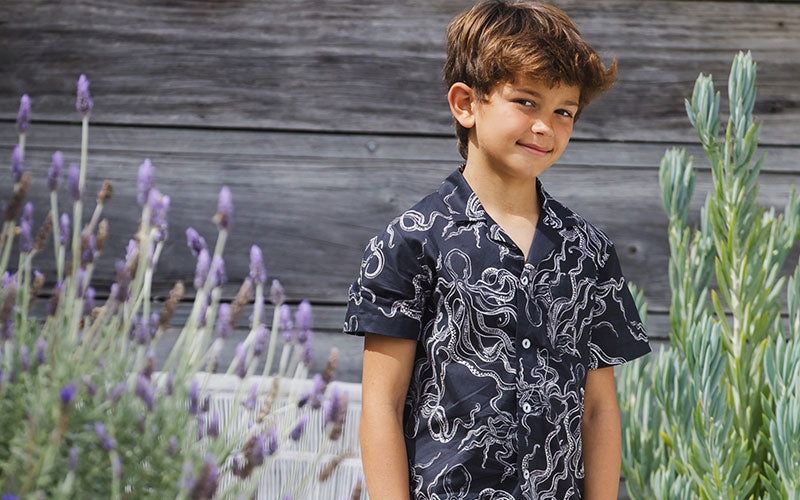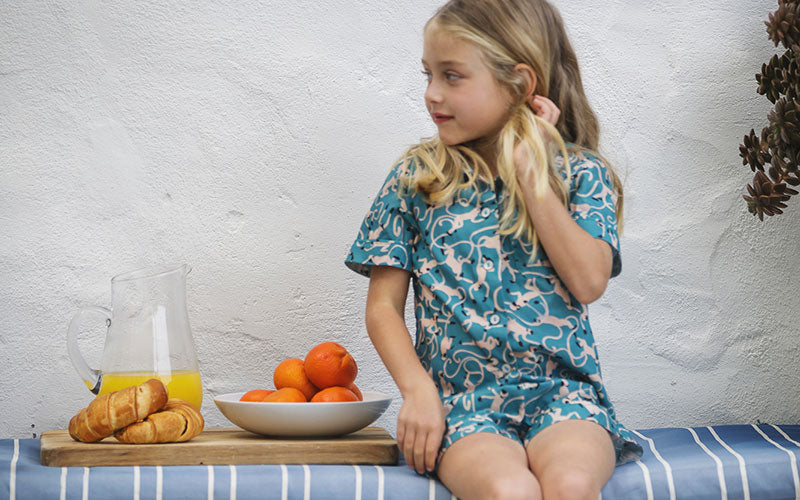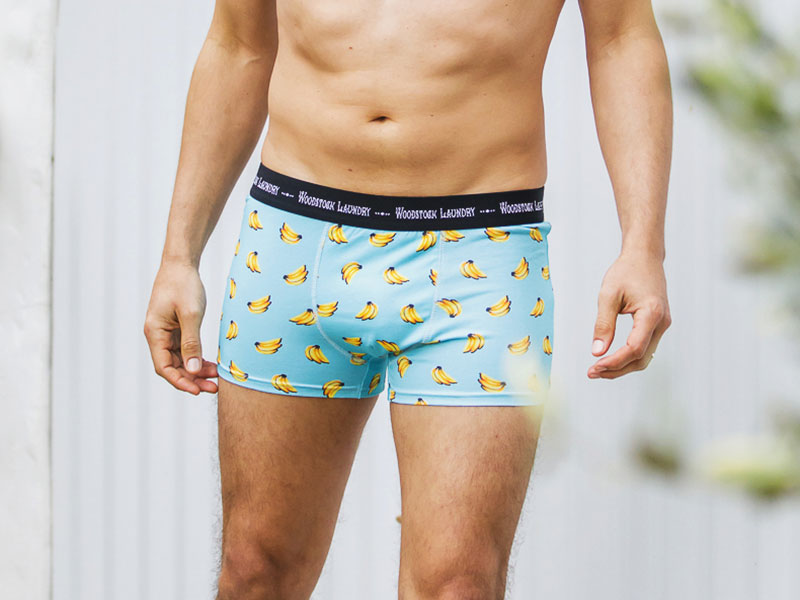In a world increasingly dominated by fast fashion—characterised by rapid production and quick consumption—slow fashion emerges as a refreshing alternative. It represents a shift towards sustainable, ethical practices in the clothing industry, encouraging consumers to make thoughtful choices about what they wear. This blog delves into the essence of slow fashion, its principles, benefits, and how adopting this philosophy can positively impact the environment and society.
What is Slow Fashion?
At its core, slow fashion is about being mindful of the production and consumption of clothing. Coined as a counter-movement to fast fashion, slow fashion focuses on quality over quantity, emphasizing sustainable practices, craftsmanship, and ethical labour. It encourages consumers to invest in fewer, better-made items that last longer, rather than cheap, disposable fashion options that often harm the environment and exploit workers.
The Principles of Slow Fashion
- Quality over Quantity: One of the fundamental tenets of slow fashion is the belief in investing in high-quality pieces. This means choosing clothing made from durable materials that withstand the test of time. When you buy quality items, you reduce the frequency of purchasing new clothes, ultimately leading to less waste.
- Sustainability: Slow fashion advocates for the use of sustainable materials and practices. This includes organic cotton, recycled fabrics, and eco-friendly dyes. Brands that follow slow fashion principles also consider the environmental impact of their production processes, aiming to minimise waste and carbon emissions.
- Ethical Labour Practices: An essential aspect of slow fashion is the treatment of workers in the supply chain. Our employees are paid fairly and treated with dignity and respect - some of them have been with us for over 20 years!
- Timeless Design: Slow fashion leans towards timeless pieces that transcend trends. Rather than following fleeting fashion cycles, slow fashion promotes styles that remain relevant and can be worn for years. At Woodstock Laundry, we produce our own classic garments that are simple, but timeless.
- Transparency: Slow fashion brands are often more transparent about their sourcing, manufacturing processes, and labour practices, allowing consumers to make informed choices. This transparency fosters trust and encourages a deeper connection between consumers and the brands they support. Our clothing is manufactured in Cape Town, using local seamstresses, artisans and designers.
The Environmental Impact of Fast Fashion
The fast fashion industry has a significant ecological footprint. It contributes to mountains of textile waste, pollution from chemicals used in manufacturing, and massive carbon emissions due to unsustainable production methods. The fashion industry is estimated to be responsible for approximately 10% of global carbon emissions, outranking the aviation and shipping industries combined. As the demand for new clothing grows, so does the environmental cost.
In stark contrast, slow fashion advocates for a reduction of this impact. By opting for sustainable materials and ethical manufacturing processes, the slow fashion movement aims to alleviate these environmental burdens and promote a healthy planet.
Benefits of Adopting Slow Fashion
- Environmental Conservation: By choosing sustainable practices, slow fashion significantly decreases the harm done to the environment. High-quality materials and methods reduce waste and pollution, contributing to a cleaner planet.
- Societal Change: Ethical labour practices improve the lives of those who create our clothing. Supporting brands that prioritise the well-being of their workers helps ensure fair treatment and promotes social justice within the industry.
- Personal Satisfaction: Slow fashion promotes a more thoughtful approach to personal style. By investing in fewer, high-quality pieces, consumers often experience greater satisfaction and confidence in their wardrobe. The joy of wearing a well-made garment can surpass the temporary thrills of fast fashion purchases.
- Economic Benefits: While slow fashion often comes with a higher initial price tag, over time, it proves to be more economical. Investing in quality pieces saves money in the long run as they do not require frequent replacement.
- Mindful Consumption: Engaging in slow fashion encourages consumers to think critically about their purchases. This mindfulness promotes a culture of appreciation for hand-crafted items and the story behind each piece.
How to Get Involved in Slow Fashion
- Buy Less, Choose Wisely: Instead of succumbing to the pressure of new season trends, take the time to evaluate your wardrobe. Aim for quality pieces that you genuinely love and will wear frequently. Our garments are designed and manufactured to last a lifetime. In fact, because we use premium organic cotton, they get even better with age.
- Research Brands: Support fashion brands that share your values. Investigate their production methods, material sourcing, and labour practices before making a purchase.
- Thrift and Swap: Embrace second-hand shopping through thrift stores, online platforms, or clothing swaps. This not only extends the life of garments but also reduces demand for new production.
- Educate Others: Spread the word about slow fashion. Share your knowledge with friends and family, and inspire them to make mindful choices.
- DIY and Upcycle: Consider getting creative with your clothing. Repair, alter, or upcycle garments instead of discarding them. This adds a personal touch to your wardrobe and reduces waste.
